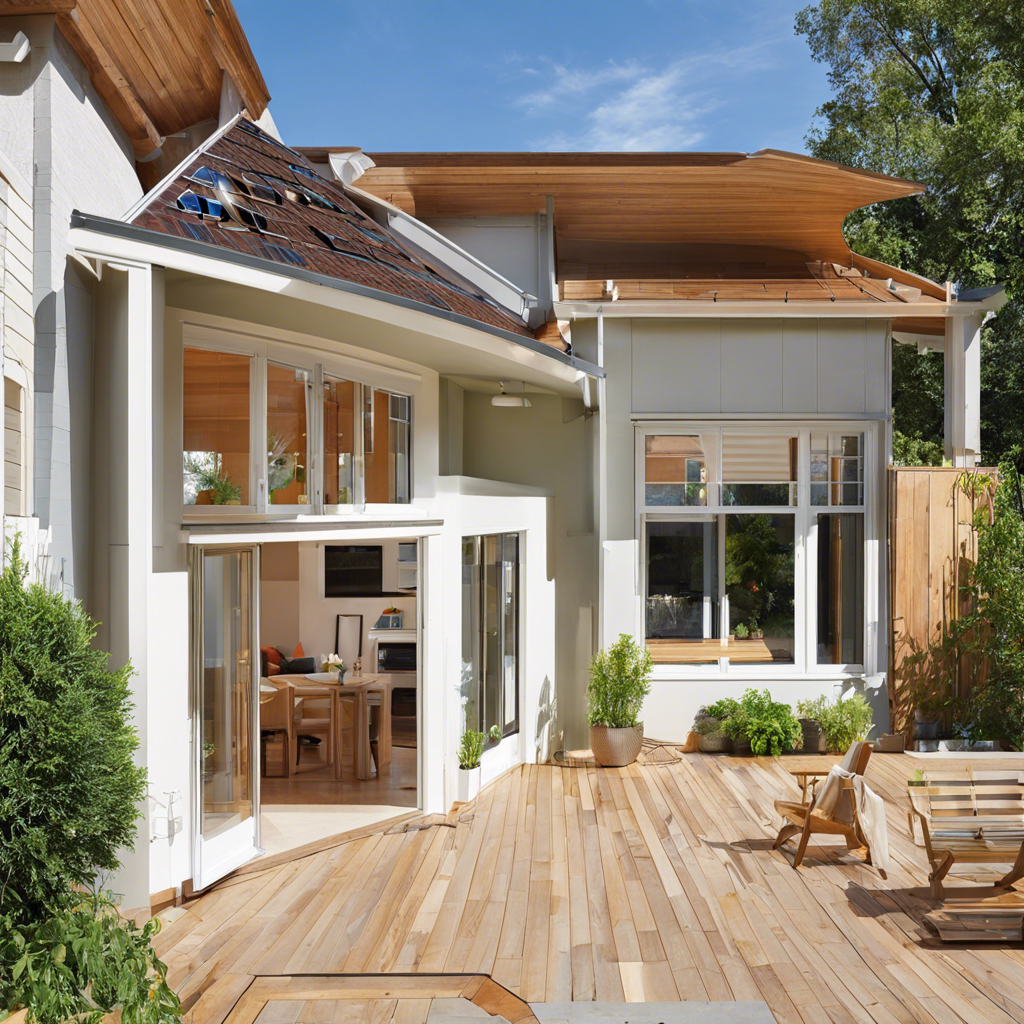Whether you’re looking to reduce your carbon footprint or simply cut down on those soaring energy bills, making energy-efficient improvements to your home is a smart move. The good news is, you don’t always need to hire professionals for every upgrade. Many energy-saving changes are well within the capabilities of the average DIY enthusiast. Here are some ideas to get you started on your journey towards a greener and more cost-effective home.
One of the easiest and most effective ways to improve your home’s energy efficiency is to focus on insulation. Check for drafts around windows and doors, and plug any gaps with weather stripping or caulk. A simple DIY project like this can make a significant difference in preventing heat from escaping during the colder months and keeping your home cool in the summer. Also, consider adding insulation to your attic, which is often an overlooked source of energy loss in homes. You can lay fiberglass batts or blow in cellulose insulation yourself, making the attic a much more efficient space.
Upgrading your lighting is another straightforward task. Replace traditional incandescent bulbs with energy-efficient LED bulbs. Not only do they consume significantly less electricity, but they also last much longer. This simple swap can contribute to noticeable savings on your electricity bill. Additionally, consider installing dimmer switches or timers to regulate lighting usage and further reduce energy consumption.
Your water heating system can also be made more efficient. Start by lowering the water heater’s temperature to 120°F, which is sufficient for most households and saves energy. You can also insulate the hot water pipes to prevent heat loss, ensuring that less energy is needed to keep your water hot.
Appliances are another major source of energy consumption. If you have older models, consider replacing them with new Energy Star-rated appliances. These products meet strict energy efficiency criteria, saving you money in the long run. Even small changes, like switching to a front-loading washing machine, can reduce water and energy usage, making a significant impact over time.
Remember, these DIY improvements not only benefit the environment but can also lead to substantial savings on your utility bills. With these simple projects, you can take control of your energy usage and create a more sustainable home. So, grab your tools and get ready to make some energy-efficient upgrades!
